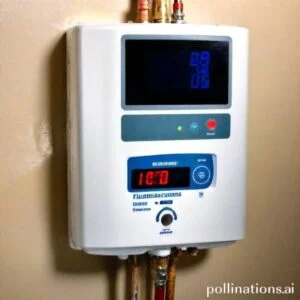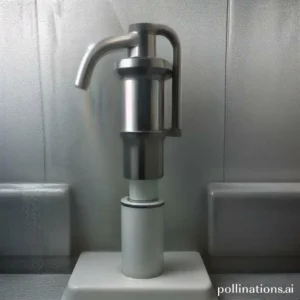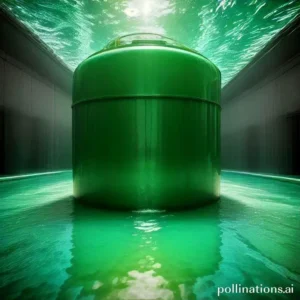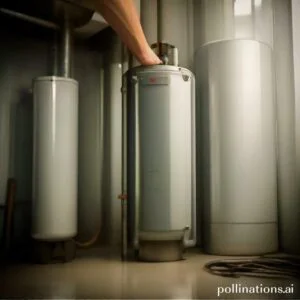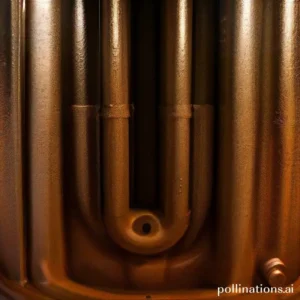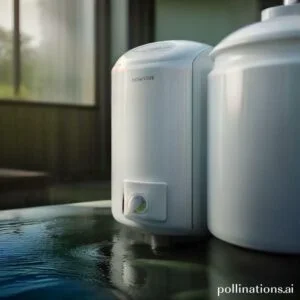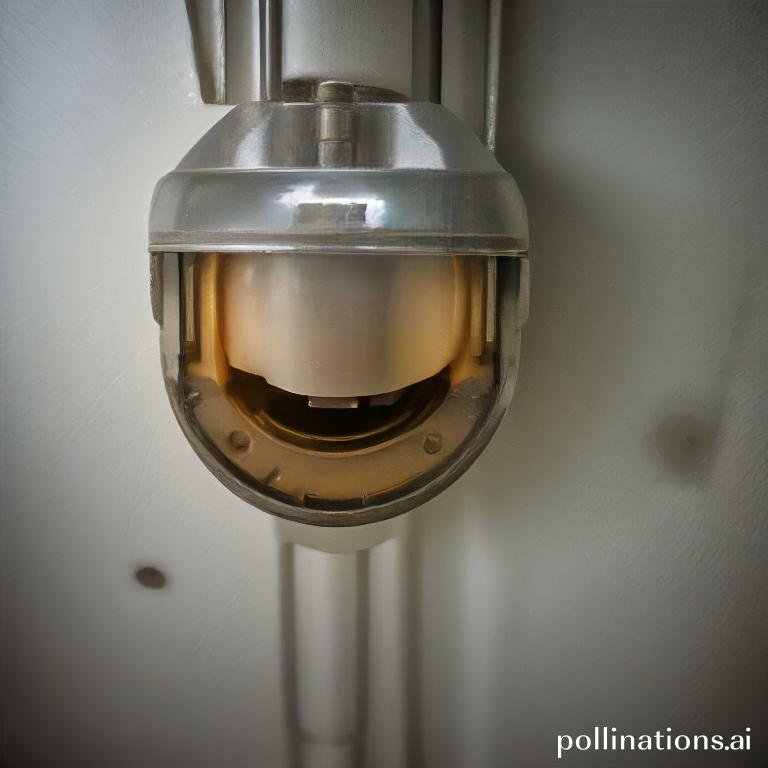
II. Failure to flush the water heater can lead to sediment buildup, which can accelerate anode rod corrosion and decrease its effectiveness.
III. Regular flushing and anode replacement can save homeowners money in the long run by preventing costly repairs and extending the life of their water heater.
Flushing is an important maintenance task that helps to prevent sediment buildup in water heaters. Sediment can accumulate over time and cause the anode rod to deteriorate more quickly.
By regularly flushing the water heater, homeowners can extend the lifespan of the anode rod and ensure the efficient operation of their water heater. We will ponder the benefits of flushing and provide tips for proper maintenance to maximize the lifespan of your water heater.
What is Flushing?
Flushing is a crucial process in maintaining the efficiency and longevity of a water heater. It involves draining the tank and removing any sediment or mineral buildup that may have accumulated over time. Flushing not only helps improve the performance of the water heater but also ensures clean and safe hot water for your household needs.
1. The Process of Flushing a Water Heater
To flush a water heater, follow these simple steps:
- Turn off the power supply to the water heater.
- Shut off the cold water supply valve.
- Attach a hose to the drain valve located at the bottom of the tank.
- Place the other end of the hose in a suitable drainage area or connect it to a floor drain.
- Open the pressure relief valve to allow air into the tank.
- Open the drain valve and let the water flow out of the tank until it runs clear.
- Close the drain valve and remove the hose.
- Turn on the cold water supply valve to refill the tank.
- Finally, turn on the power supply to the water heater.
2. Why is Flushing Important for Water Heater Maintenance?
Flushing your water heater regularly offers several benefits:
- Prevents sediment buildup: Over time, minerals and sediment can accumulate at the bottom of the tank, reducing its efficiency and capacity. Flushing removes this buildup, allowing the water heater to function optimally.
- Improves energy efficiency: A clean water heater operates more efficiently, reducing energy consumption and lowering your utility bills.
- Extends the lifespan of the water heater: By removing sediment and mineral deposits, flushing helps prevent corrosion and prolongs the life of your water heater.
- Ensures clean and safe hot water: Flushing eliminates any impurities or contaminants that may be present in the tank, ensuring that the hot water you use is clean and safe for bathing, cooking, and other household activities.
Regular maintenance, including flushing, is essential to keep your water heater in optimal condition. Consult your water heater manufacturer’s guidelines for the recommended flushing frequency and additional maintenance instructions.
| Benefits of Flushing | Frequency |
|---|---|
| Clean and safe hot water | Every 6-12 months |
| Improved energy efficiency | Every 1-2 years |
| Extended lifespan of the water heater | Every 2-3 years |
Apprehending Water Heater Anodes
Water heater anodes play a vital role in the proper functioning of your water heater. In this section, we will scrutinize what a water heater anode is and how it works.
1. What is a Water Heater Anode and How Does it Work?
A water heater anode is a rod typically made of aluminum, magnesium, or a combination of metals that is inserted into the water heater to protect it from corrosion. Corrosion occurs when the metal tank of the water heater reacts with the minerals and impurities present in the water, leading to rust and deterioration.
The water heater anode works by sacrificial protection. It attracts the corrosive elements in the water, sacrificing itself and corroding instead of the tank. This process helps extend the lifespan of your water heater and prevents leaks and other costly damages.
2. Types of Anodes and Their Lifespan
There are different types of water heater anodes available, each with its own lifespan and effectiveness. The most common types include aluminum, magnesium, and combination anodes.
Aluminum anodes are suitable for areas with hard water as they are more resistant to the corrosive effects. They have a lifespan of around 5 years, but this can vary depending on the water quality and usage.
Magnesium anodes are ideal for areas with soft water. They have a shorter lifespan of approximately 2-3 years but provide effective protection against corrosion.
Combination anodes, as the name suggests, are a combination of aluminum and magnesium. They offer a balance between the two types, providing reliable protection for up to 6 years.
3. Signs of a Failing Anode
It is essential to be aware of the signs that indicate a failing water heater anode. These signs include:
- Visible corrosion on the anode rod
- Rusty or discolored water
- An unpleasant odor from the hot water
- Leaking around the water heater
If you notice any of these signs, it is crucial to replace the anode promptly to prevent further damage to your water heater.
Impact of Flushing on Water Heater Anode Replacement
In the realm of water heater maintenance, one crucial aspect that often gets overlooked is flushing. Flushing plays a significant role in ensuring the longevity and efficiency of your water heater, particularly in terms of anode replacement. In this section, we will traverse the impact of flushing on water heater anode replacement and why it should not be skipped.
1. How Flushing Affects Anode Replacement
Flushing your water heater before anode replacement is essential for several reasons. First and foremost, flushing helps remove sediment and mineral buildup that accumulates over time. This buildup can coat the anode rod, reducing its effectiveness in preventing corrosion. By flushing the water heater, you can ensure that the anode rod remains clean and fully functional.
Furthermore, flushing also helps to extend the lifespan of the anode rod. Sediment and mineral deposits can accelerate corrosion and cause the anode rod to deteriorate faster. Regular flushing helps to minimize these deposits, thereby prolonging the lifespan of the anode rod and reducing the frequency of replacement.
2. Benefits of Flushing Before Anode Replacement
Flushing your water heater before anode replacement offers several benefits. To start with, it helps to maintain the overall efficiency of your water heater. Sediment and mineral buildup can affect the heat transfer process, resulting in decreased efficiency and higher energy consumption. Flushing ensures that the heat exchange within the water heater remains optimal, leading to energy savings.
Additionally, flushing before anode replacement helps to improve water quality. Sediment and mineral deposits can affect the taste and odor of your water, and flushing helps to remove these impurities, resulting in cleaner and better-tasting water.
3. Risks of Skipping Flushing Before Anode Replacement
During it may be tempting to skip flushing before anode replacement, doing so can have detrimental effects. Without flushing, sediment and mineral buildup will continue to accumulate, compromising the effectiveness of the new anode rod. This can lead to premature corrosion and a shorter lifespan for the anode rod.
Furthermore, skipping flushing can also result in decreased energy efficiency. The sediment and mineral deposits can hinder the heat transfer process, causing your water heater to work harder and consume more energy.
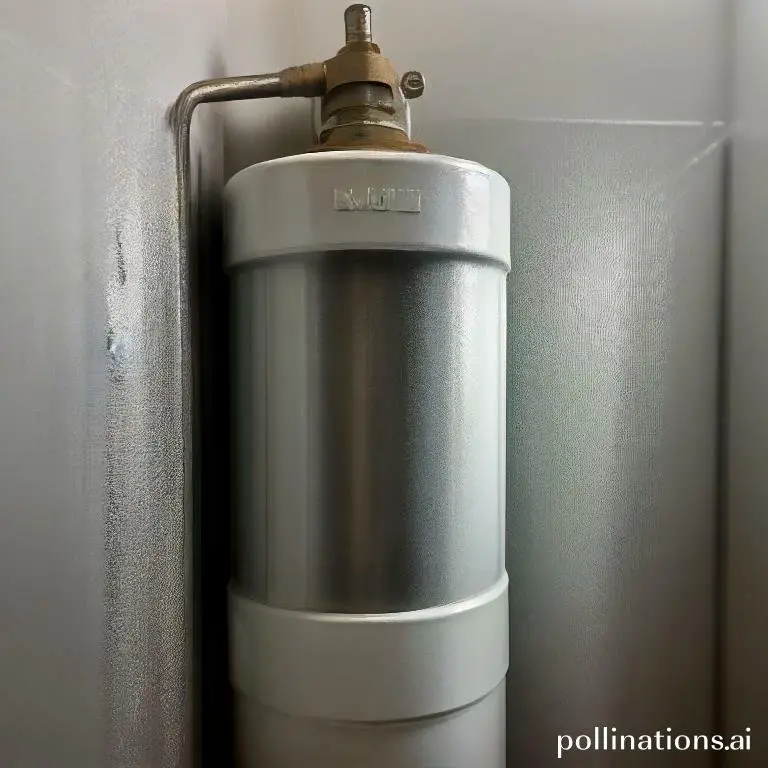
Steps to Replace a Water Heater Anode
Replacing the water heater anode is an essential maintenance task that helps extend the lifespan of your water heater and ensure its optimal performance. Follow these steps to efficiently replace the anode:
1. Preparing for Anode Replacement
Before you begin the replacement process, make sure to turn off the power supply to the water heater and shut off the water supply. This will prevent any accidents or water damage during the procedure. Additionally, gather the necessary tools for the task, including a wrench, Teflon tape, and a new anode.
2. Removing the Old Anode
Locate the anode rod on top of the water heater and use a wrench to loosen it by turning it counterclockwise. Apply force if necessary, as the anode may be tightly secured. Once loosened, carefully pull out the old anode from the water heater tank. Take note of any corrosion or damage on the old anode, as this can indicate the condition of your water heater.
3. Installing the New Anode
Prepare the new anode by wrapping its threads with Teflon tape to ensure a tight seal. Insert the new anode into the water heater tank and tighten it securely by turning it clockwise with a wrench. Make sure not to overtighten, as this can cause damage to the water heater.
4. Testing the New Anode
Once the new anode is installed, turn on the water supply and restore the power to the water heater. Allow the water heater to heat up for a whilst and check for any leaks around the anode. If everything is in order, the new anode is successfully installed and ready to protect your water heater from corrosion.
| Step | Description |
|---|---|
| 1 | Preparing for Anode Replacement |
| 2 | Removing the Old Anode |
| 3 | Installing the New Anode |
| 4 | Testing the New Anode |
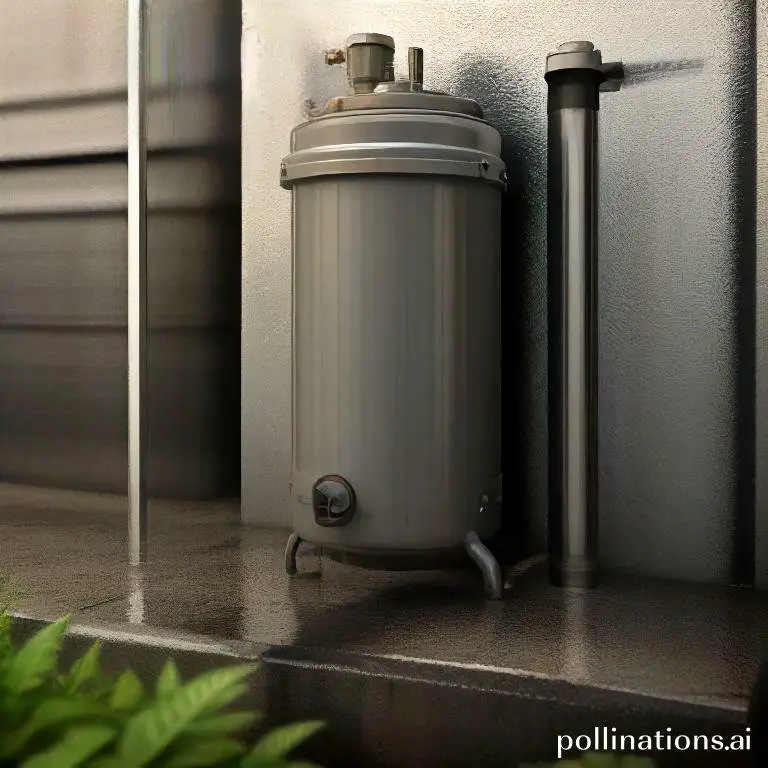
Frequency of Water Heater Anode Replacement
Regular maintenance is crucial for the optimal performance and longevity of your water heater. One essential aspect of this maintenance is the replacement of the water heater anode. Cognizing the frequency at which this replacement should occur is key to ensuring the continued efficiency of your water heater.
1. Factors Affecting Anode Replacement Frequency
Several factors influence the frequency at which the water heater anode should be replaced. The primary factor is the water quality in your area. If your water supply has a high mineral content or is particularly corrosive, the anode may deteriorate more quickly, necessitating more frequent replacement. Additionally, the size and capacity of your water heater, as well as the level of usage, can impact the anode’s lifespan.
A. Water Quality
Water with high mineral content or excessive acidity can accelerate anode corrosion, requiring more frequent replacements. Conducting regular water quality tests can help determine if your water heater is exposed to these conditions.
B. Water Heater Size and Capacity
Larger water heaters may have multiple anodes or larger anodes, which can extend the replacement interval. Similarly, a water heater with a larger capacity that serves a larger household may require more frequent anode replacements due to increased usage.
C. Usage Level
If your water heater is used heavily, such as in a busy household or a commercial setting, the anode will deteriorate more rapidly. Regular inspections and monitoring of the anode’s condition can help determine if more frequent replacements are necessary.
2. Recommended Timeline for Anode Replacement
Whilst the frequency of anode replacement can vary depending on the aforementioned factors, a general guideline suggests replacing the anode every 3-5 years. Conversely, it is crucial to consult your water heater manufacturer’s guidelines for specific recommendations based on your model and usage.
Replacing the anode at the recommended intervals ensures that your water heater remains protected against corrosion, prolonging its lifespan and maintaining its efficiency. Neglecting anode replacement can lead to sediment accumulation, reduced heat transfer, and ultimately, the premature failure of your water heater.
For a comprehensive embracing of anode replacement and other water heater maintenance procedures, refer to the informative table below:
| Maintenance Procedure | Frequency |
|---|---|
| Anode Replacement | Every 3-5 years |
| Flushing Sediment | Annually |
| Temperature and Pressure Relief Valve Testing | Annually |
Bottom Line
Flushing your water heater regularly is crucial to maintain its efficiency and prolong its lifespan. Neglecting this task can lead to sediment buildup, corrosion, and ultimately, the need for anode replacement. Anode replacement is a cost-effective solution to prevent rust and corrosion in your water heater tank, but it should only be done by a professional plumber.
By taking care of your water heater and scheduling regular maintenance, you can avoid costly repairs and replacements. Remember to flush your water heater at least once a year and keep an eye out for any signs of corrosion or leaks. With proper care, your water heater can provide you with reliable hot water for years to come.
Read More:
1. Diy Flushing For Hybrid Tank-Tankless Water Heater Systems
2. Flushing And Its Impact On Water Heater Dip Tube Function
